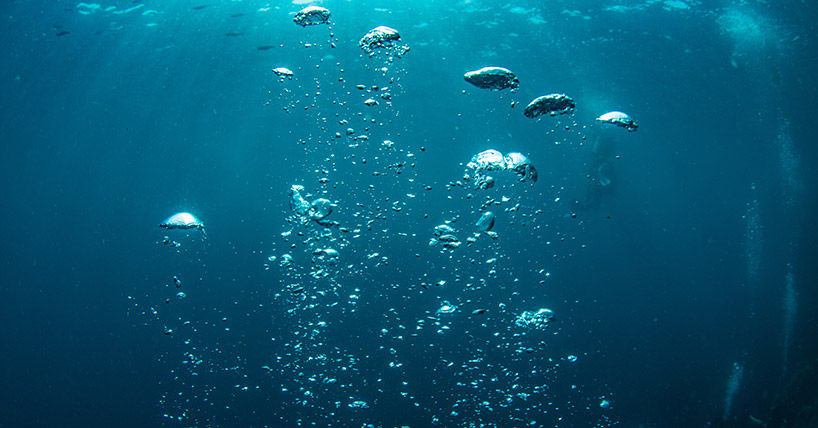To the already-existing impacts of climate change, there comes a new threat. Researchers were shaken by the recent revelation that frozen methane, often known as fire ice, is susceptible to melting deep down the ocean due to increasing which has a significance effect in the global warming .

What is Frozen Methane ?
Methane hydrate, or frozen methane, is found in solid packs like ice, also known as fire ice. It is a material like ice that is contaminated with methane, an anthropogenic greenhouse gas that occurs deep under the surface of the ocean. Ground-level ozone, being a dangerous air pollutant and greenhouse gas, methane, exposes people to one million premature deaths annually. Another potent greenhouse gas is methane. It is 80 times more powerful than carbon dioxide at warming during a 20-year period. So the dissociation of methane gas into both the sea and the atmosphere is a pitfall for the environment.
Discovery and the threats in the ocean :-
Recent research undertaken on the coast of Mauritania in Northwest Africa by the leading international researchers at Newcastle University led to the discovery of the vulnerable nature of methane hydrate to melt due to escalating climate change, which in turn leads to the discharge of methane into both the sea and the atmosphere.
The scientists examined the piece of the hydrate that dissociated during climatic warming off the coast of Mauritania in Northwest Africa using sophisticated three-dimensional seismic imaging techniques. They located a particular instance in which, during previous warm periods, dissociated methane traveled almost 40 km and was released through a field of underwater depressions called pockmarks.
Scholars opinion :-
“It was discovered during covid pandemic days , I went through the layers offshore of Mauritania and essentially came across 23 pockmarks.. Our research demonstrates that they originated from the ocean as a result of methane that was liberated from hydrate in the lowest regions of the continental slope. Previously, scientists believed that this hydrate was not susceptible to climate change, but our research has demonstrated that part of it is” states the Lead Author, Professor Richard Davies, Newcastle University.
“This is a significant finding. Because we believed that only this area of the hydrate stability zone is vulnerable to climatic fluctuations, research efforts have thus far been concentrated on its shallowest sections” says Professor Dr. Christian Berndt, who is in charge of Kiel, Germany’s GEOMAR Research Unit’s Marine Geodynamics Research Unit.
Comprehensive insights :-
With regard to both abundance and impact, methane is the second most powerful greenhouse gas after carbon dioxide. The US Environmental Protection Agency estimates that methane makes for around 16% of all greenhouse gas emissions worldwide. Thus, reducing methane emissions and mitigating climate change requires knowledge of this phenomenon.
The findings of the study are essential for anticipating and controlling the effects of methane on our changing environment. In order to predict regions where significant methane seeps might develop as a result of global warming, the study team intends to continue examining methane vents along ocean edges. In order to explore the pockmarks and create a stronger connection to past episodes of global warming, they are currently planning a research expedition.



